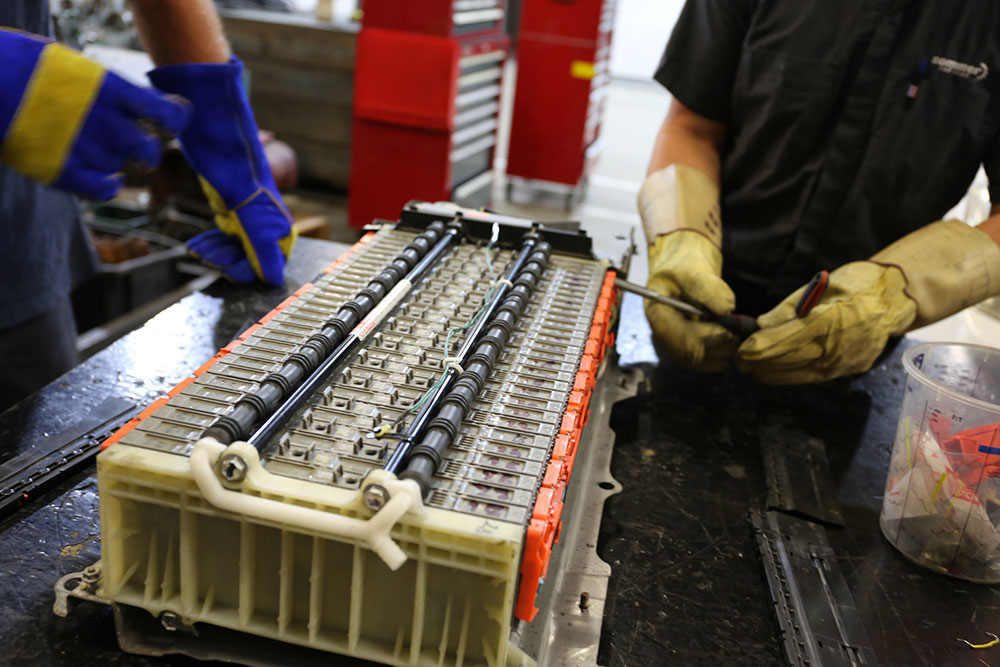Torque multiplication
The internal combustion engine has served the world with great success for more than 150 years. However, it certainly is NOT an efficient machine, using only 30 per cent of a litre of fuel to actually propel the vehicle, with the rest disappearing thanks to effects such as overcoming friction and losses to cooling.
Also, the internal combustion engine (ICE) will only operate over a limited effective range, usually around 1500 – 5000 rev/min and, in this range, will produce a comparatively low torque.
When the speed drops below the lower limit, or if the load is too great, the engine stalls and the vehicle will come to rest.
If a vehicle were not fitted with a gearbox, the following disadvantages would occur.
- Poor acceleration from rest; the clutch would have to be slipped to avoid stalling the engine. A road speed of 24 km/h would have to be reached before full engagement could take place, and during this time the driving force at the wheels would only be slightly greater than the force opposing the motion of the vehicle.
- Poor hill – climbing ability; a gradient increases the resistance, and this will mean that as soon as a hill is approached, the engine will slow down and eventually stall. A bigger capacity engine with more torque could overcome this, but this would be uneconomical.
- Vehicle cannot be driven at low speeds; as the vehicle speed is decreased the engine speed will also decrease. Slipping of the clutch would be necessary to avoid stalling if the vehicle had to be driven at low speeds.
- No neutral or reverse; shows the importance of fitting a gearbox.
For an ICE to work within the bounds of economical fuel usage and performance, it has to have some means to keep the engine in the most economical range, and this means a gearbox – manual or automatic.
The difference with a hybrid / electric vehicle is it does not necessarily need multi-gear ratios to perform at economically and performance standards.
Different types of driving systems for Hybrid / Electric vehicles
Rear-wheel drive applications use a common drive system with a gearbox, a differential and final drive system at the rear axle to transmit engine torque to drive the wheels. The Lexus GS450h and LS600h are both rear-wheel drive electric vehicles.
In a front-wheel drive vehicle, a transaxle assembly is used. A transaxle has all the components to drive the front wheels in one housing.
Most Hybrid Electric Vehicles in current production have either front-wheel drive or 4WD. Most use a transaxle for driving the front wheels.
In a 4WD or AWD vehicle, a transfer case is usually used. A transmission can also be used with a transfer case to distribute torque to all four wheels in a 4WD system. The Lexus RX400h uses a transaxle on the front of the vehicle and an electric motor to drive the rear wheels in the 4WD model.
The Ford Escape (USA) Hybrid uses a separate power takeoff (PTO) from THE transaxle to mechanically drive the rear axle.
Principles of operation
In order to move a vehicle, torque is applied to drive the wheels.
The transmission is responsible for increasing engine torque in the lower speed ranges when acceleration is required, and then reducing engine speed for the best fuel economy when the vehicle is cruising.
Internal combustion engines (ICE) are very different from electric motors in that they only produce torque in a relatively narrow RPM range – around 1500 to 5000 RPM.
An internal combustion engine is most efficient when it is operating near its torque peak. This is the RPM when the engine is breathing most efficiently. The problem is that it can be hard to keep the engine in that range for driving conditions.
This can be overcome to some extent by increasing the RPM range where the engine produces torque (flattening the torque curve), and by increasing the number of gears in the transmission. With more gears it is easier to match the vehicle road speed with the most efficient engine RPM.
Any torque increase is at the expense of speed. When torque is increased in a transmission, output speed is decreased.
Note: ICE produce maximum torque at high RPM. Electric motors produce maximum torque at low speed.
THINGS TO REMEMBER: Electric motor power is expressed in kilowatts (kW). This is the international standard for rating mechanical and electric power. A 100 per cent efficient motor would produce one kilowatt of mechanical power with an input of one kilowatt of electrical power.
The Watt scale is named after the Scottish engineer James Watt, and one horsepower (HP) is equal to 746 watts.
Watt developed the horsepower rating in the late 1700s when horses were the main source of power. Watt wanted to show coal mine owners how good his invention was at doing work compared to horses and he had to have an easily understandable way to show the mine owners the improvement. He determined that 550 foot-pounds per second was the power produced by the average pit pony. This means that the pony could lift a weight of 550 pounds one foot in one second – equal to one horsepower.
11 Mar 2019


